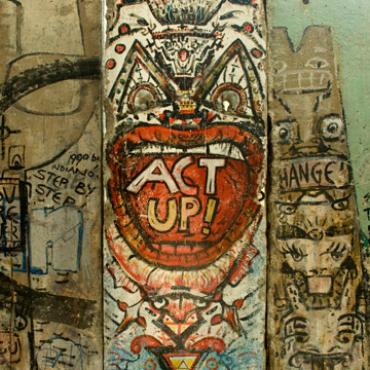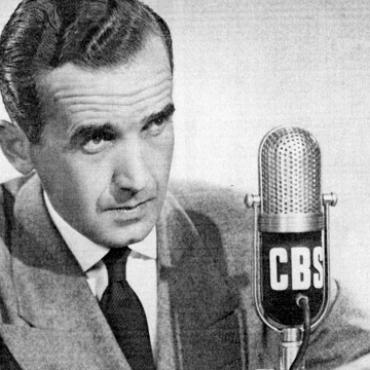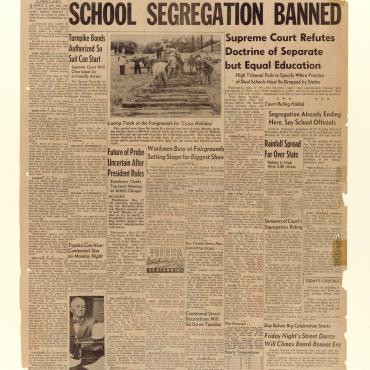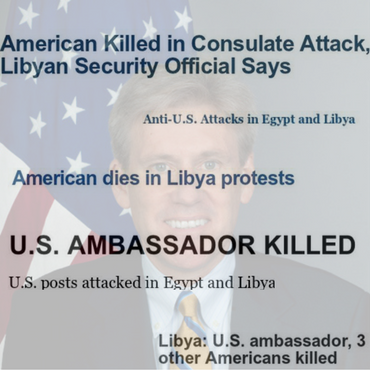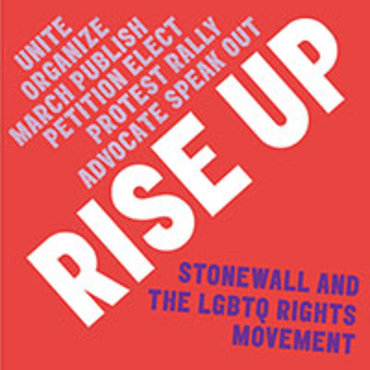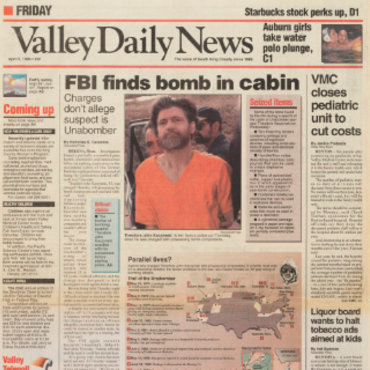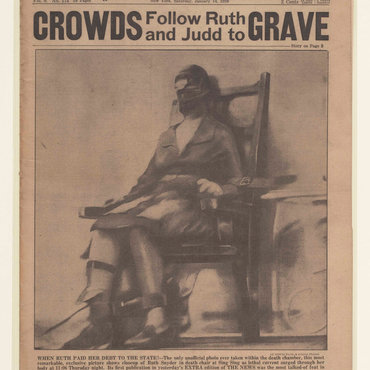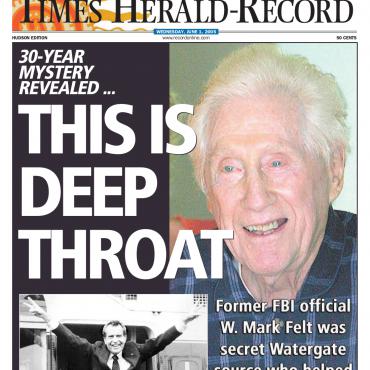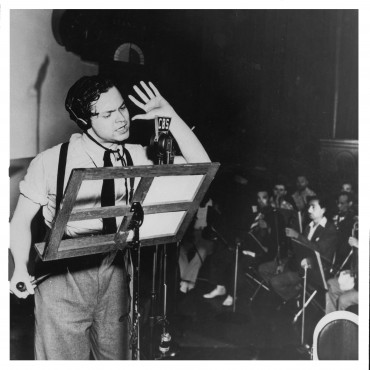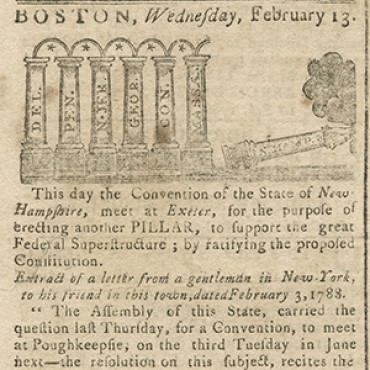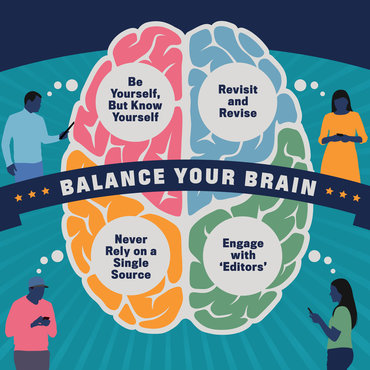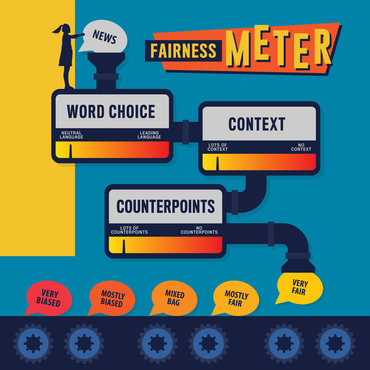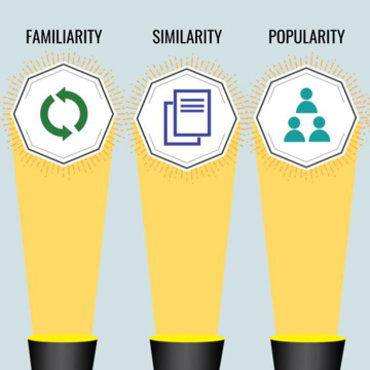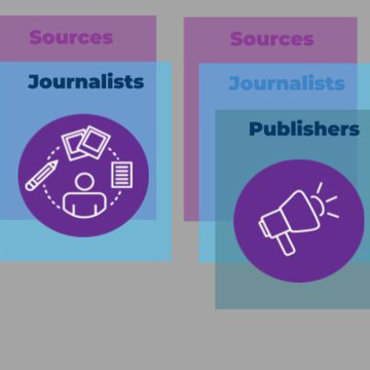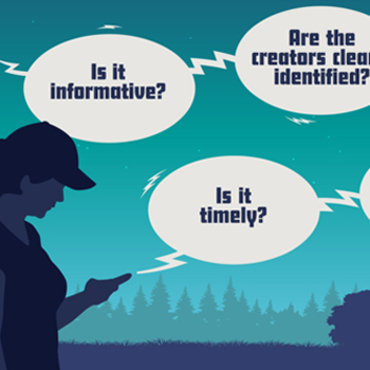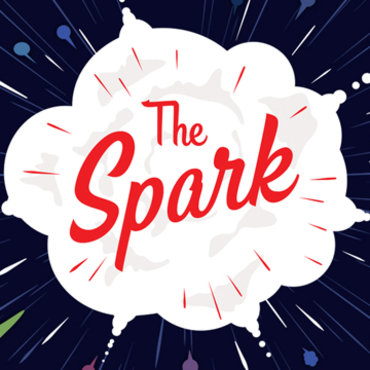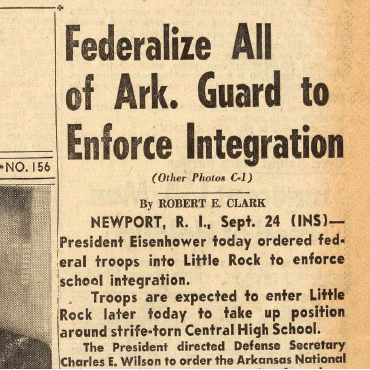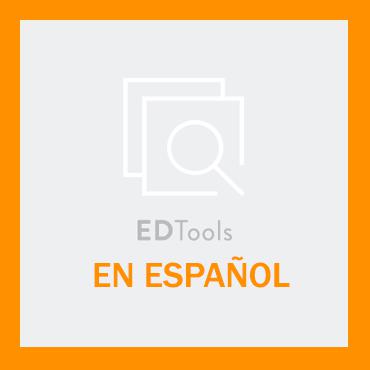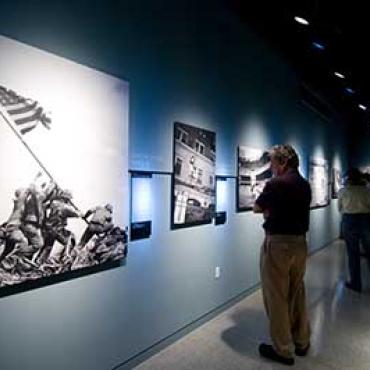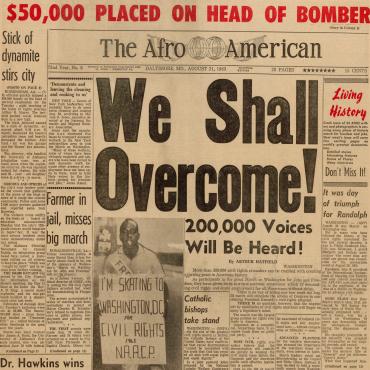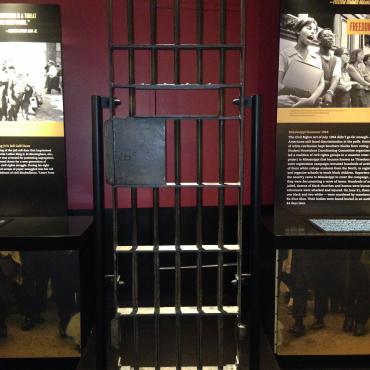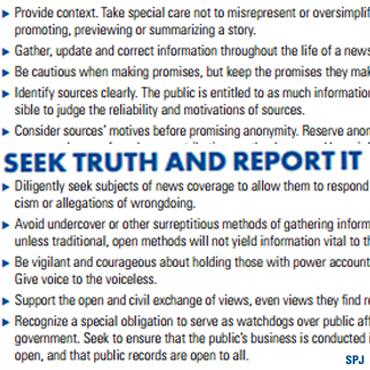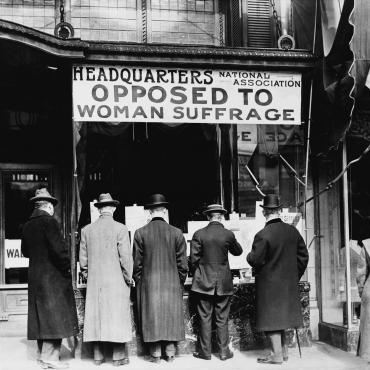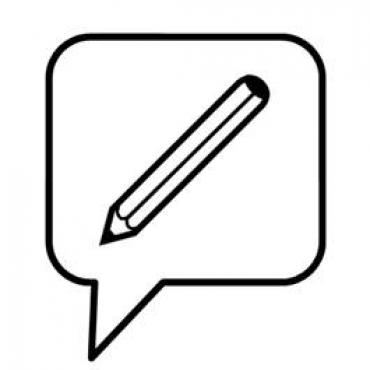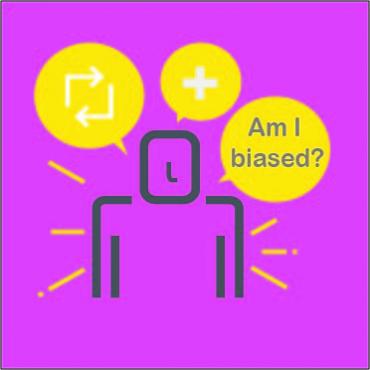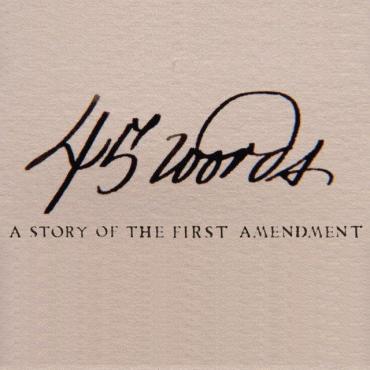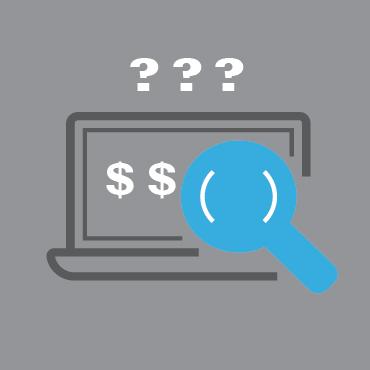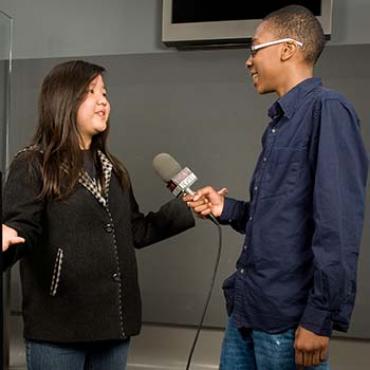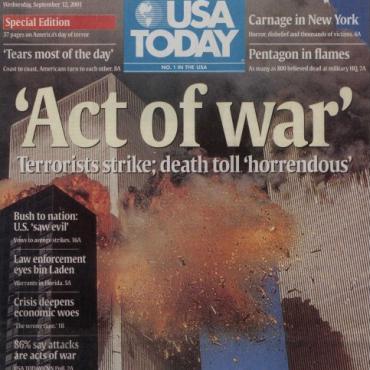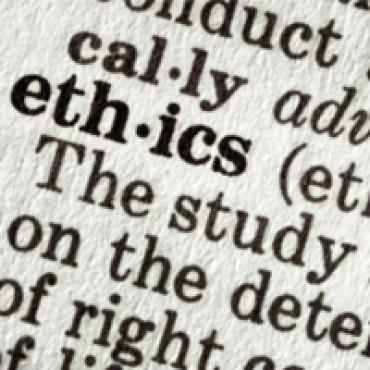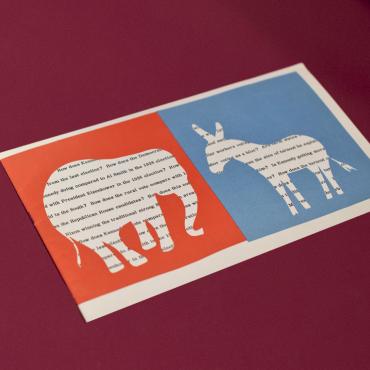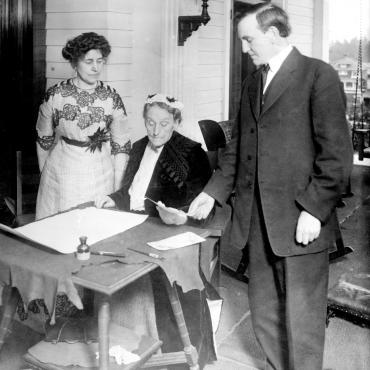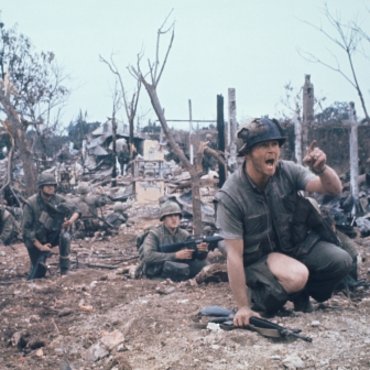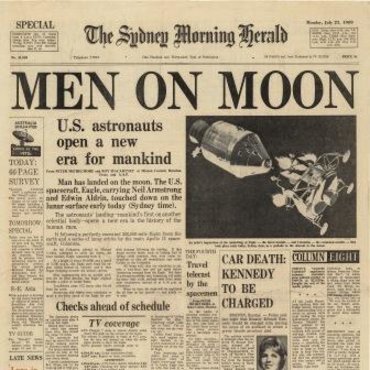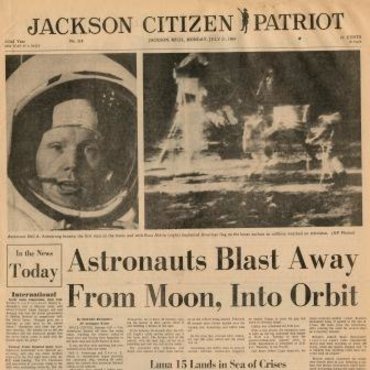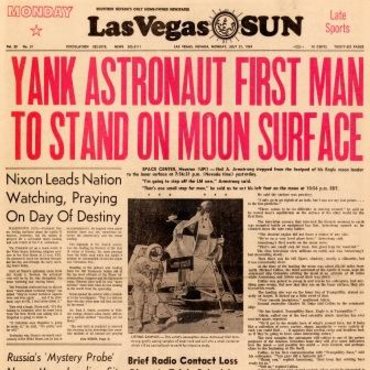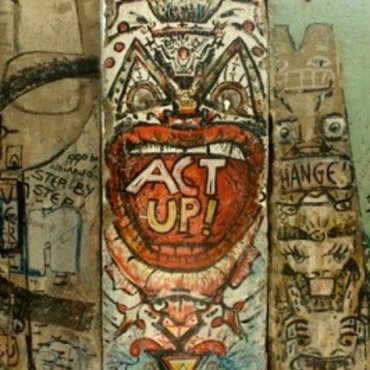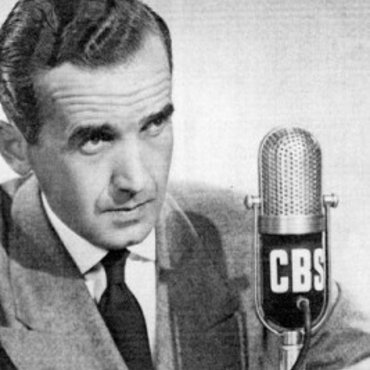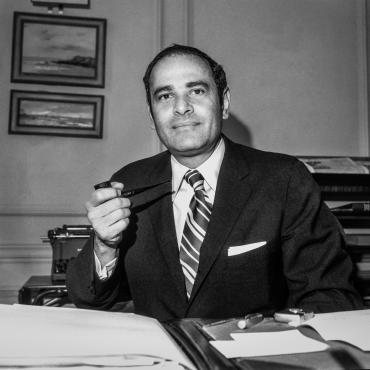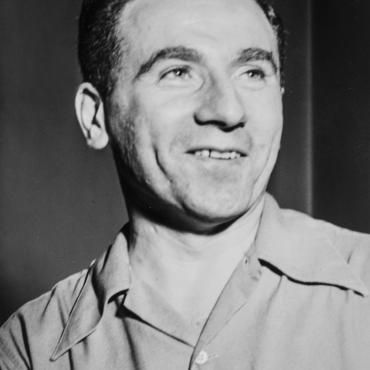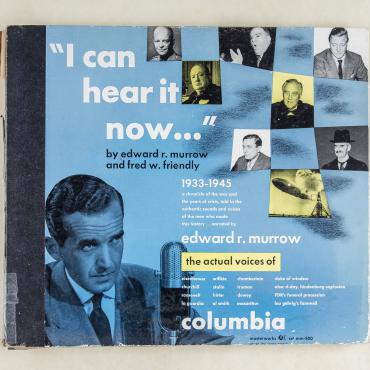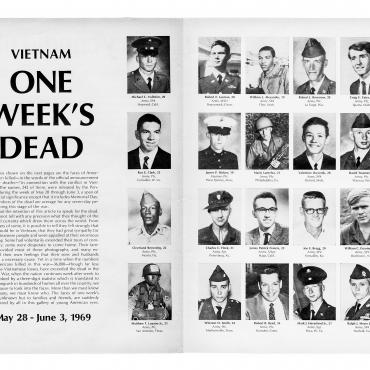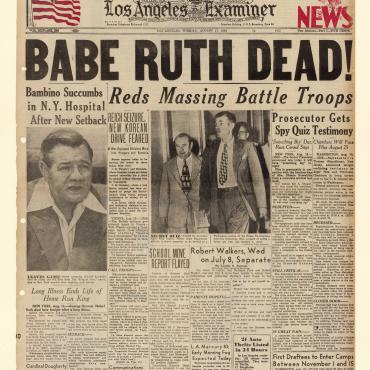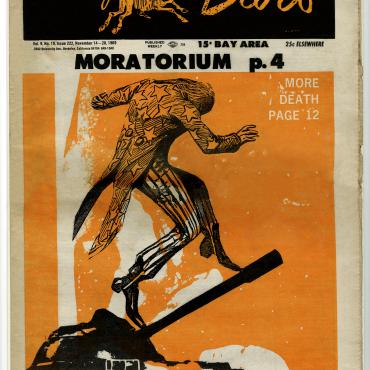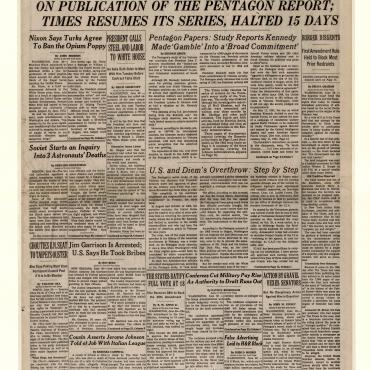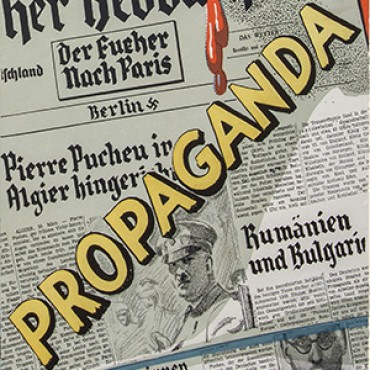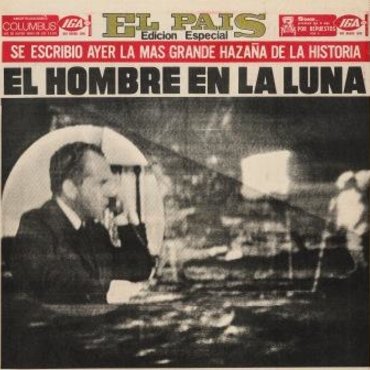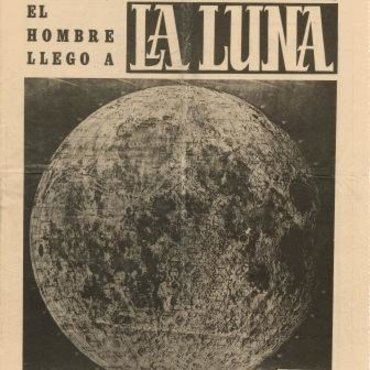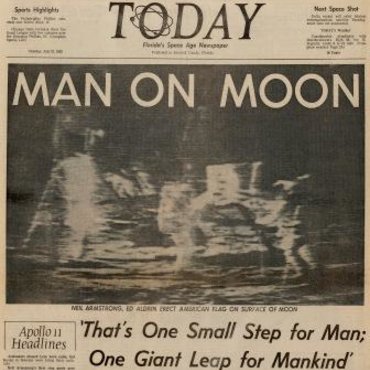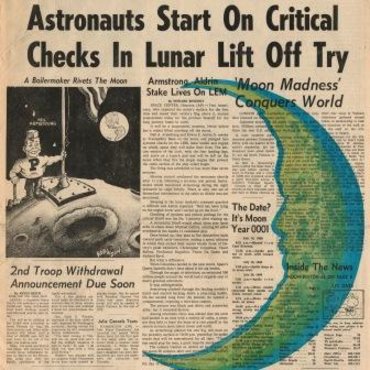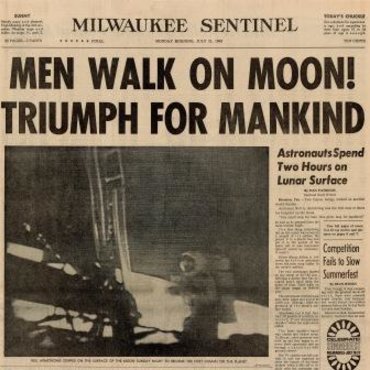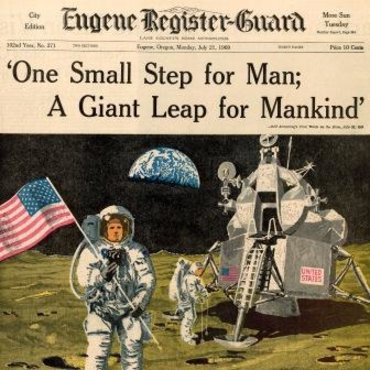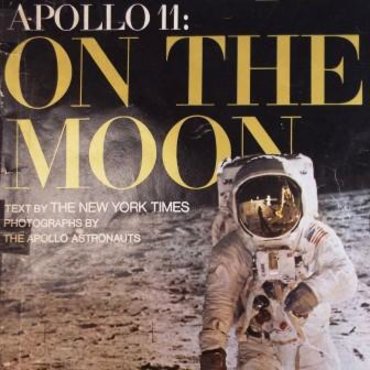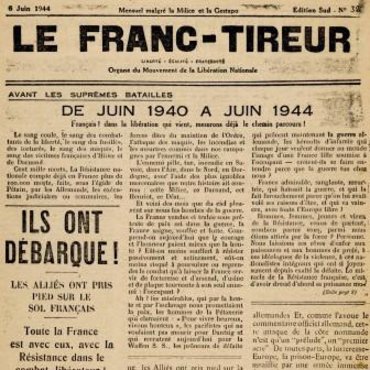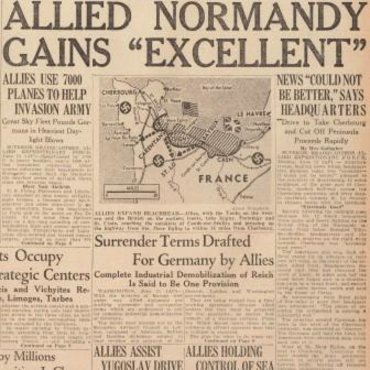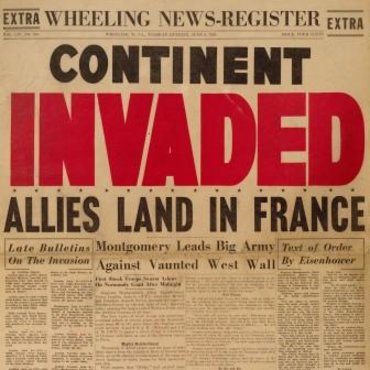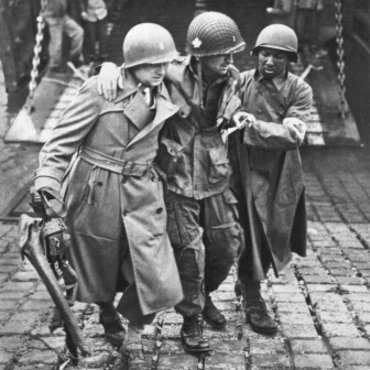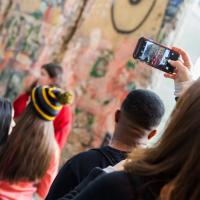
History Through H@ndles
Bring the Cold War to life for your students with social media! In this activity, you will use Twitter and the Newseum’s Berlin Wall Gallery to explore the role of the citizen journalists in shaping public opinion during international conflicts, in history and today.
Get even more great free content!
This content contains copyrighted material that requires a free NewseumED account.
Registration is fast, easy, and comes with 100% free access to our vast collection of videos, artifacts, interactive content, and more.
NewseumED is provided as a free educational resource and contains copyrighted material. Registration is required for full access. Signing up is simple and free.
With a free NewseumED account, you can:
- Watch timely and informative videos
- Access expertly crafted lesson plans
- Download an array of classroom resources
- and much more!
- Cold War
- Journalism
- 6-12
Note: This activity focuses on the Cold War, but could be easily adapted for any historical or contemporary conflict that includes at least two clear, opposing sides, such as the North and South during the U.S. Civil War.
- Choose a hashtag for your students to use in each tweet and distribute. We suggest #ClassNameColdWar (ex: #English9ColdWar).
- If desired, create two Twitter accounts for your students to use, one for East Berliners and one for West Berliners.
- Tell students: Residents of East Berlin and West Berlin had very different experiences of the Cold War. Today, you are going to take on the role of a loyal resident of the East or West. They will read about key events during the Cold War, and tweet their reactions from their assigned perspective.
- Assign students to one of two groups: East Berlin or West Berlin.
- Go to the Hubbard concourse level and gather students at the exhibit entrance.
- Remind students to read each exhibit panel, to tweet using the assigned hashtag, and to respond to each other’s tweets.
- Mobile devices with Internet access
As a group, review the series of tweets. Analyze the factors that affect point of view and the role of technology in shaping public opinion. Prompts include:
- How were the East and West Berlin tweets similar? Different?
- What clues did you use to tell if someone was from East or West Berlin?
- If you were an outsider, which side’s record would you find more believable? Why?
- Do you think tweets provide a more or less accurate record of current events than print newspapers? Why?
- Do you think the Cold War would have turned out differently if Twitter existed? Why or why not?
- What makes a modern Twitter campaign successful?
-
Common Core State Standards: CCSS.ELA-LITERACY.CCRA.R.1
Read closely to determine what the text says explicitly and to make logical inferences from it; cite specific textual evidence when writing or speaking to support conclusions drawn from the text. -
Common Core State Standards: CCSS.ELA-LITERACY.CCRA.R.7
Integrate and evaluate content presented in diverse media and formats, including visually and quantitatively, as well as in words. -
Common Core State Standards: CCSS.ELA-LITERACY.CCRA.R.8
Delineate and evaluate the argument and specific claims in a text, including the validity of the reasoning as well as the relevance and sufficiency of the evidence. -
Common Core State Standards: CCSS.ELA-LITERACY.CCRA.SL.1
Prepare for and participate effectively in a range of conversations and collaborations with diverse partners, building on others' ideas and expressing their own clearly and persuasively. -
Common Core State Standards: CCSS.ELA-LITERACY.CCRA.SL.2
Integrate and evaluate information presented in diverse media and formats, including visually, quantitatively, and orally. -
Common Core State Standards: CCSS.ELA-LITERACY.CCRA.SL.4
Present information such that listeners can follow the line of reasoning and the organization, development, and style are appropriate to task, purpose, and audience. -
Common Core State Standards: CCSS.ELA-LITERACY.CCRA.SL.5
Make strategic use of digital media and visual displays of data to express information and enhance understanding of presentations.
-
ISTE: 3b. Knowledge Constructor
Students evaluate the accuracy, perspective, credibility and relevance of information, media, data or other resources. -
ISTE: 6b. Creative Communicator
Students create original works or responsibly remix digital resources. -
ISTE: 6d. Creative Communicator
Students publish or present content that customizes the message and medium for their intended audiences. -
ISTE: 7d. Global Collaborator
Students explore local and global issues and use collaborative technologies to investigate solutions.
-
National Center for History in the Schools: NCHS.Historical Thinking.2
A. Identify the author or source of the historical document or narrative and assess its credibility. B. Reconstruct the literal meaning of a historical passage. C. Identify the central question(s) the historical narrative addresses. D. Differentiate between historical facts and historical interpretations. E. Read historical narratives imaginatively. F. Appreciate historical perspectives. G. Draw upon data in historical maps. H. Utilize visual, mathematical, and quatitative data. -
National Center for History in the Schools: NCHS.Historical Thinking.3
A. Compare and contrast differing sets of ideas. B. Consider multiple perspectives. C. Analyze cause-and-effect relationships and multiple causation, including the importance of the individual, the influence of ideas. D. Draw comparisons across eras and regions in order to define enduring issues. E. Distinguish between unsupported expressions of opinion and informed hypotheses grounded in historical evidence. F. Compare competing historical narratives. G. Challenge arguments of historical inevitability. H. Hold interpretations of history as tentative. I. Evaluate major debates among historians. J. Hypothesize the influence of the past. -
National Center for History in the Schools: NCHS.US History.Era 10
Standard 1: Recent developments in foreign policy and domestic politics Standard 2: Economic, social, and cultural developments in contemporary United States
-
National Council of Teachers of English: NCTE.1
Students read a wide range of print and non-print texts to build an understanding of texts, of themselves, and of the cultures of the United States and the world; to acquire new information; to respond to the needs and demands of society and the workplace; and for personal fulfillment. Among these texts are fiction and nonfiction, classic and contemporary works. -
National Council of Teachers of English: NCTE.3
Students apply a wide range of strategies to comprehend, interpret, evaluate, and appreciate texts. They draw on their prior experience, their interactions with other readers and writers, their knowledge of word meaning and of other texts, their word identification strategies, and their understanding of textual features (e.g., sound-letter correspondence, sentence structure, context, graphics). -
National Council of Teachers of English: NCTE.6
Students apply knowledge of language structure, language conventions (e.g., spelling and punctuation), media techniques, figurative language, and genre to create, critique, and discuss print and non-print texts. -
National Council of Teachers of English: NCTE.8
Students use a variety of technological and information resources (e.g., libraries, databases, computer networks, video) to gather and synthesize information and to create and communicate knowledge. -
National Council of Teachers of English: NCTE.11
Students participate as knowledgeable, reflective, creative, and critical members of a variety of literacy communities. -
National Council of Teachers of English: NCTE.12
Students use spoken, written, and visual language to accomplish their own purposes (e.g., for learning, enjoyment, persuasion, and the exchange of information).
-
NCSS Curriculum Standards: Topic 4, Standard 8C
The student understands changes in communication and their effects.
